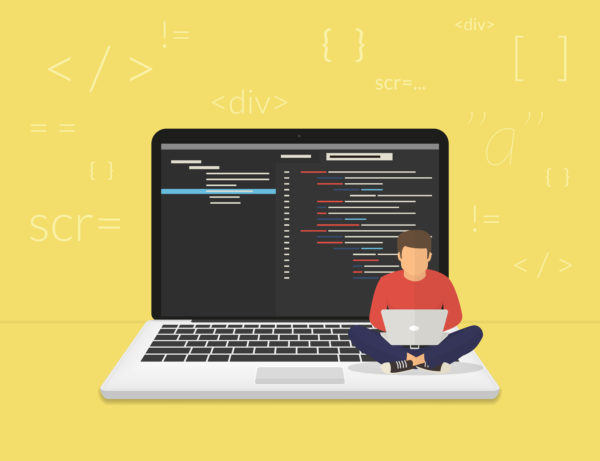Black and Hispanic students are consistently at a disadvantage when it comes to computer science education opportunities, according to a new report from Google and Gallup.
In addition to racial disparities, gender disparities exist as well, with girls less likely to be aware of the availability of computer science education.
The report, Diversity Gaps in Computer Science: Exploring the Underrepresentation of Girls, Blacks and Hispanics, notes that women and certain minority groups lag behind in computer science education, in pursuing computer science degrees, and in attaining computer science careers.
What’s more, the existence of this diversity gap means the computer science field might not be producing the technological innovations that align with the needs of society’s demographics, the report notes.
The report found that black students are less likely than white students (47 percent vs. 58 percent) to have classes dedicated to computer science at the school they attend.
Next page: More key findings from the report
Black (58 percent) and Hispanic (50 percent) students are less likely than white students (68 percent) to use a computer at home at least most days of the week.
Teachers are more likely than parents to say a lack of exposure is one of the main reasons why women and racial and ethnic minorities are underrepresented in computer science fields.
Eighty-four percent of surveyed parents said computer science is as least as important as required classes like math and science, and 60 percent of administrators and teachers said computer science should be required when it is available. Despite parents’ beliefs, fewer than 3 in 10 have expressed their support for computer science to their child’s school administrators.
Though computer access is not universal, it is on the rise. Forty percent of principals in the second year of the survey reported having computer science classes with programming and/or coding, increasing from 25 percent in the study’s first year.
Boys tend to receive more encouragement than girls–they are 1.5 times more likely to be told by a teacher they would be good at computer science, are 1.7 times more likely to be told by a parent they would be good at computer science, and are nearly twice as likely to often see someone like them doing computer science in the media.
Male students are reported to be more interested and more confident in learning computer science. Black students are more confident than white and Hispanic students in their ability to learn computer science. Female students and Hispanic students rate themselves lower in skills related to computer science. Black and Hispanic parents are more likely than white parents to believe their child will learn computer science in the future.
The report comes at an opportune time, because computer science education is experiencing an extended stay in the spotlight.
President Obama’s Computer Science for All initiative, which debuted in January 2016, would allocate billions to help build up computer science education programs.
A coalition of stakeholder groups, along with states and districts, teamed up to release the K-12 Computer Science Framework, which introduces conceptual guidelines for computer science education, one day before the Google and Gallup report’s release.
That announcement, Google noted on its blog, “represents a momentous step toward guiding schools on high quality, rigorous CS education.”
Google commissioned Gallup to conduct the comprehensive research to better understand the barries U.S. students face when it comes to computer science access.
In its first year (2014-2015), the new study examined perceptions about the value of computer science among crucial stakeholders in K-12 education, access and barriers to computer science education and evaluated opportunities for students to become more involved in computer science before college. In its second year (2015- 2016), the study covered trends in these key issues as well as a deeper dive into differences in access.
- 4 ways to support work-based learning - April 23, 2024
- Prioritizing inclusivity in game-based learning - April 22, 2024
- Friday 5: Universal Design for Learning - April 19, 2024

